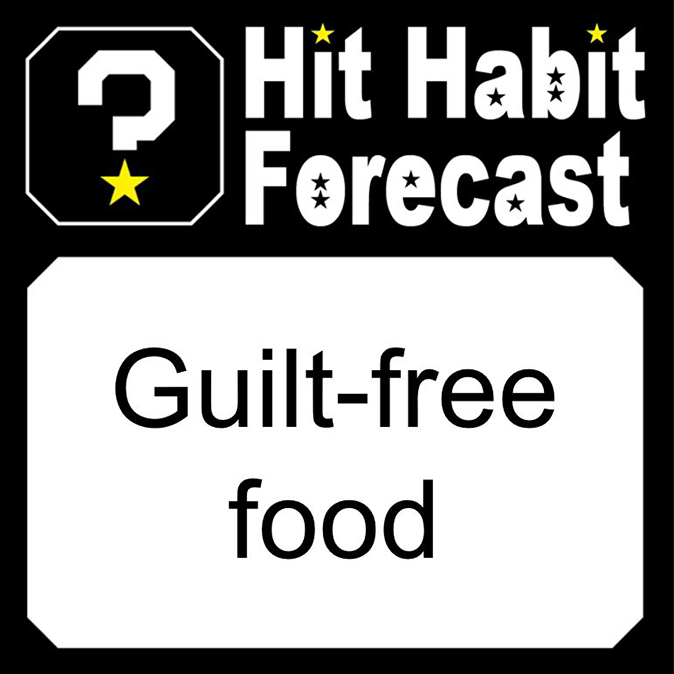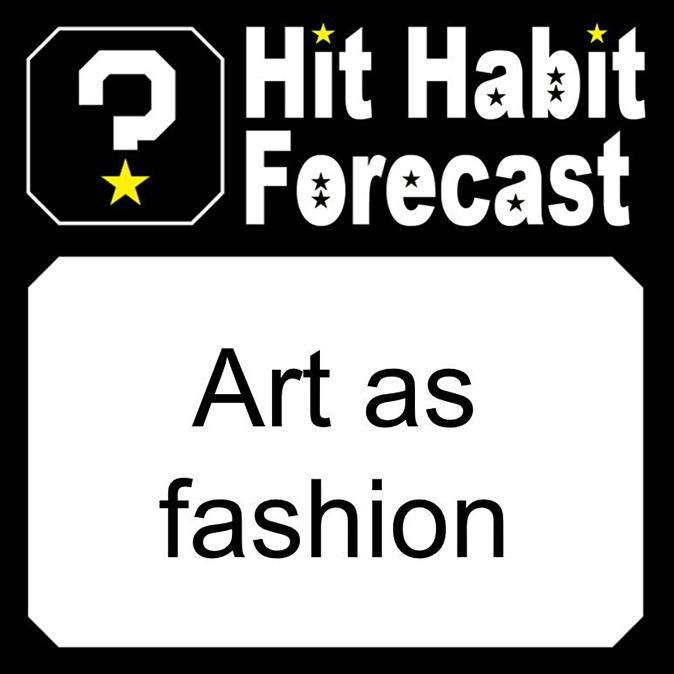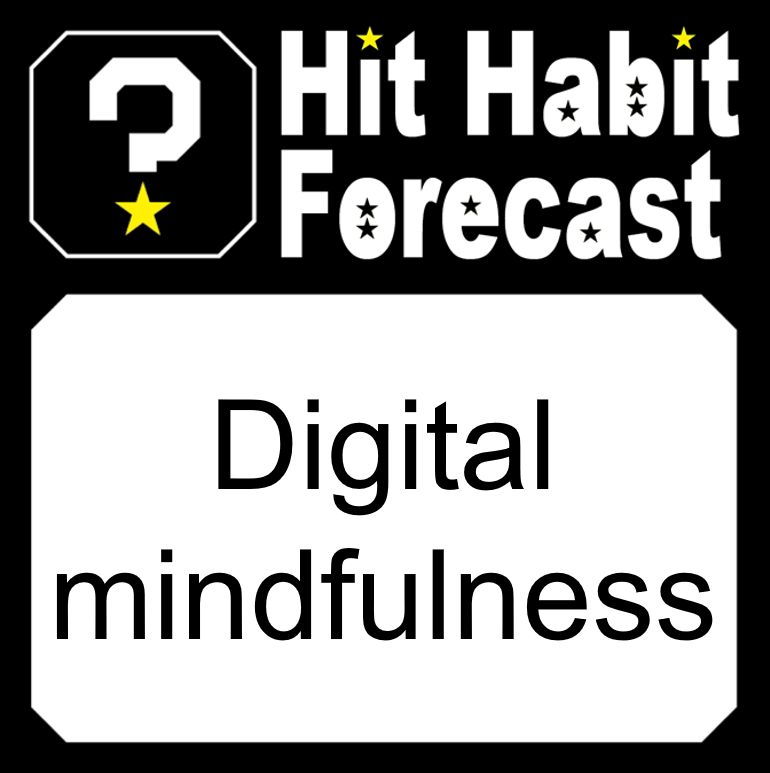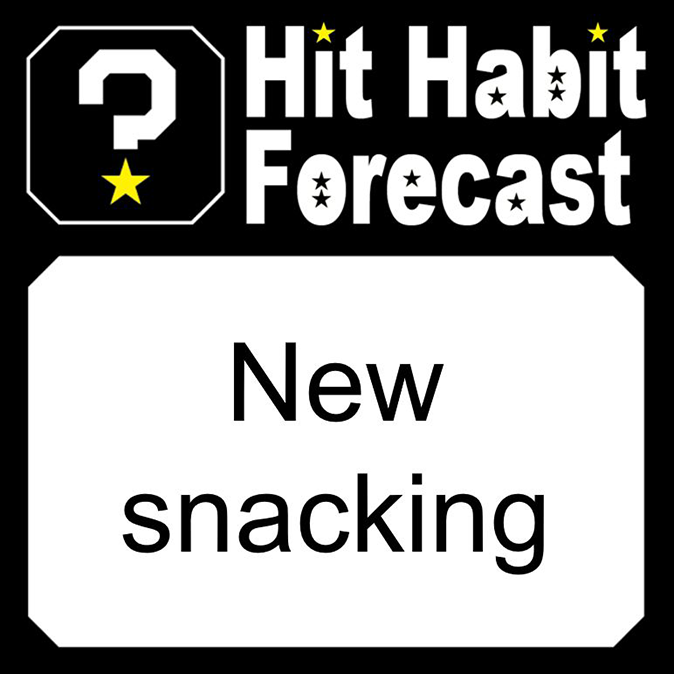- Viewpoints
Hit Habit Forecast is a regular column of the Hit Habit Makers, a group of young planners at Hakuhodo HQ that gamely stood up to say they were going to create hit habits—not hit products—as consumption shifts from purchasing things to purchasing experiences. Analyzing social media accounts and purchasing data of highly sophisticated users and conducting analysis on popular articles, etc. in a variety of media that have their fingers on the pulse of social trends, this is the bold, new challenge of forecasting hit habits that are about to break.

Hello. I’m Shun Murayama of the Hit Habit Makers.
How are you all doing? Can you believe that nearly half of the year has passed? Every time I come to write this column, I find myself muttering about how fast time flies. But this time, the time seems to have gone by even faster than usual, what with the busyness of new beginnings at the start of April and adapting to the new normal. When I met my junior colleagues face to face for the first time in ages, it both felt like it was the first time in years and also not really. I got a strange feeling from my sense of time.
In Japan, many new beginnings come in April, as school and college entry ceremonies and company entrance ceremonies are held across the country. I feel that students, more than those who have begun their careers, have to live their lives in unfamiliar environments. The topic this time is how students’ experience of learning is changing with “play-based learning.” Learning through play is not just a “learning experience,” but refers to the incorporation of the value of play/fun into learning.
If you search for jugyō (classes) on Google Trends, we can see that interest in student’s studies is rising because, while it’s true that there are clear changes due to the pandemic, such as online classes, the number of searches has nonetheless nearly doubled since 2019.
Searches for “jugyō” (classes)
 Source: Google Trends
Source: Google TrendsA learning through play experience that has gained a lot of attention recently has to be the announcement of a collaboration between a national university and a major comedy talent agency. The reason, I believe, is that a renowned national university had got serious about nurturing its students’ ability to deliver a message to society—that is, their communication skills—not just the academic abilities required of them until now. In fact, a government public relations webpage lists “interactive learning” perspectives alongside “proactive learning” and “deep learning” perspectives. For those of us, like myself, who graduated Japanese elementary school some 20 years ago, classes where you sat in your seat one-sidedly listening to the teacher speak while fighting sleepiness would be normal. But from now on, learning will not be about such acquisition of knowledge. What will be required, apparently, is the systematization of diligent study by proactively understanding the knowledge deeply, acquiring wisdom and communicating it to others.
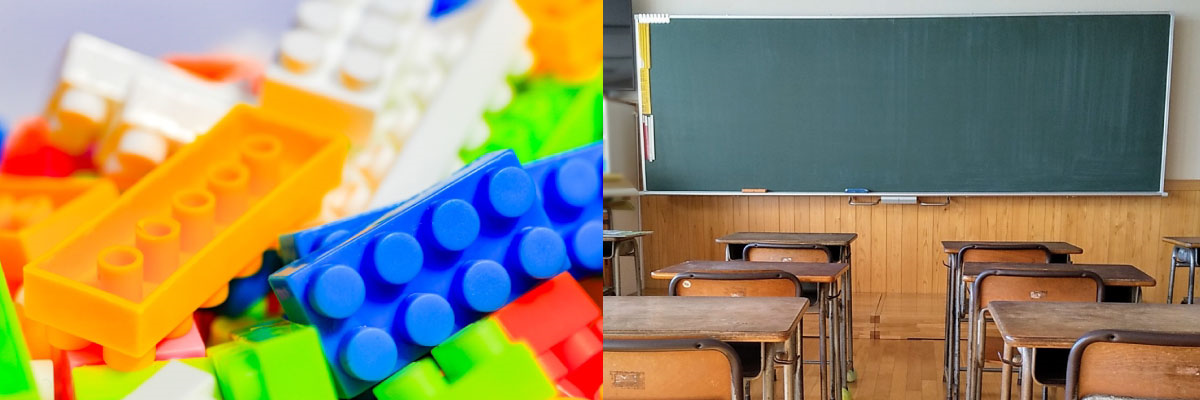
Meanwhile, there are apparently high schools that don’t have math and science “classes” as such, but utilize board game-making in their lessons. Their goal is to foster the acquisition of skills required to explore self-directed learning and the ability to form teams through dialog and co-create things within those teams. Because it’s games rather than standardized text books, students can participate proactively, and may also actively discuss things with their friends.
Given that people want to do things that are fun, there are apparently also high schools that use confectionery to stimulate intellectual learning in the classroom. When teaching the fact that you can use sodium alginate to create “water you can hold” (water spheres formed through gelification), they apparently aim to foster the generation of learning, proactivity and communication in the classroom in a fun way with sweets made using the same principle.
There are also schools that have classes using building bricks. Even students that struggle to talk about themselves in words can express themselves with the bricks, so using these as a medium in their classes enables teachers to introduce interactive communication into learning.
So there we have a few examples of bringing the value of play/fun into education, but why is the learning through play trend spreading? The main reason would have to be the fact that since 2020, schools have started changing in line with the revision of the National Curriculum Standards for Japanese elementary and junior and senior schools with the goal of developing “competencies for living.” I think this is a focal point for the changing times, as the skills sought by society shift significantly as we orientate toward an age where there are no “correct” answers. Going forward, rather than those who simply gain knowledge passively, I believe the times will demand proactive people who can work with others to create new value that has never been seen before.
Finally, let’s consider business opportunities offered by learning through play.
Examples of learning through play
■ Production of textbooks under the supervision of comedic talent
■ Development of toys for use by junior and senior high school students in the classroom
■ Introducing comedy into recurrent education for seniors
To avoid being left behind by changes in education, I plan work hard and keep on learning through play like a student.

PR Division
Hakuhodo Inc.













